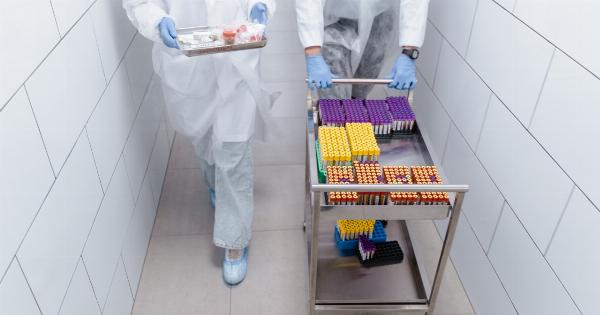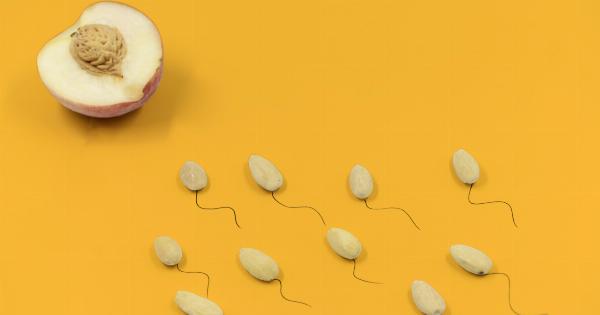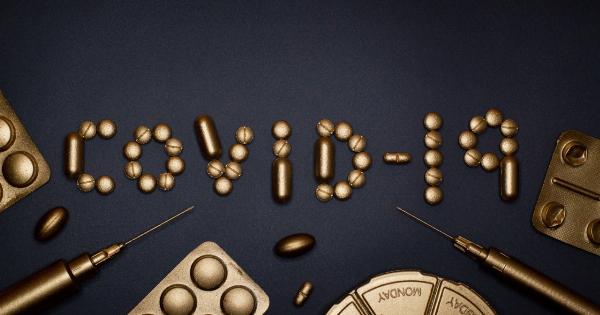Sperm analysis, also known as a semen analysis, is a fundamental tool used in assessing male fertility. It involves evaluating the quantity, quality, and movement of sperm found in a semen sample.
This analysis provides valuable insights into a man’s reproductive health, aiding in the diagnosis and treatment of fertility issues.
Why is Sperm Analysis Important?
Sperm analysis plays a crucial role in fertility investigations as it helps determine if there are any underlying factors contributing to a couple’s infertility.
It measures various parameters that directly impact a man’s fertility potential. Understanding the basics of sperm analysis is essential for both couples trying to conceive and healthcare professionals involved in fertility assessments.
Sample Collection
Before delving into the analysis process, it’s important to know how to collect a semen sample correctly. A reliable sample ensures accurate test results.
Patients are usually advised to abstain from ejaculation for a specific period before collecting the sample. The recommended duration of abstinence may vary but is typically around two to five days. The sample should be collected in a sterile, wide-mouthed container provided by the clinic or laboratory.
Care should be taken to avoid any contamination during collection.
Sperm Analysis Parameters
During a sperm analysis, several parameters are evaluated to assess the quality of the sperm sample. These include:.
1. Semen Volume
The volume of semen produced during ejaculation is an important factor in evaluating fertility. It is typically measured in milliliters (mL) and should be within a certain range.
A low semen volume may indicate issues with the seminal vesicles or ejaculatory ducts.
2. Sperm Concentration
This parameter measures the number of sperm cells present in a given volume of semen. It is usually assessed by counting the sperm using a specialized device called a hemocytometer.
The concentration is reported as a number of sperm cells per milliliter (million/mL). Low sperm concentration can indicate a problem with sperm production or blockages.
3. Sperm Motility
Motility refers to the ability of sperm cells to move properly. It is categorized into three main groups: progressive motility (moving forward), non-progressive motility (moving in place or with an abnormal pattern), and immotility (no movement).
Motility is expressed as a percentage of the total sperm population. Poor motility can hinder the sperm’s ability to reach and fertilize the egg.
4. Sperm Morphology
Sperm morphology evaluates the size and shape of sperm cells. Normal morphology is crucial for successful fertilization. During analysis, sperm specimens are stained, allowing the assessment of structural abnormalities.
The morphology is reported as the percentage of sperm with normal morphology. Higher percentages of abnormal sperm can affect fertility.
5. pH Level
pH level measures the acidity or alkalinity of the semen sample. It is usually assessed using pH indicator paper. The normal pH range for semen is slightly alkaline, around 7.2 to 8.0.
An abnormal pH level may impact sperm motility and their ability to survive.
6. Liquification Time
After ejaculation, semen typically forms a gel-like coagulum. Over time, this coagulum liquifies to allow sperm to swim freely. Liquification time measures the duration it takes for the semen to change from a gel to a liquid state.
Prolonged liquification time may indicate issues with the prostate or seminal vesicles.
7. White Blood Cells
A sperm analysis also looks for the presence of white blood cells in the sample. Elevated levels of white blood cells can suggest infection or inflammation within the reproductive system, negatively impacting fertility.
8. Vitality
Sperm vitality indicates the percentage of live sperm cells in the sample. It is assessed using a special dye that distinguishes between live and dead sperm. High vitality is crucial for successful fertilization.
9. Round Cells
Round cells, such as immature sperm cells or other non-sperm cells, are assessed during sperm analysis. Their presence can indicate issues such as infection or inflammation.
10. Agglutination
Agglutination refers to the clumping together of sperm cells. This parameter is evaluated to determine if there are any antibodies present that agglutinate the sperm, potentially impacting fertility.
Interpreting Sperm Analysis Results
Once the analysis is complete, the results are compared to established reference values. Based on these comparisons, healthcare professionals can provide insights into fertility potential.
Abnormal results may warrant further tests or evaluations to identify the underlying cause of fertility issues.
Conclusion
Sperm analysis is a critical component of fertility evaluations, providing valuable information about male reproductive health.
Understanding the basics of sperm analysis, including the parameters assessed and their significance, allows couples and healthcare professionals to gain insights into fertility potential and make informed decisions. If you are facing fertility challenges, consultation with a healthcare professional specializing in reproductive medicine is advisable.





























